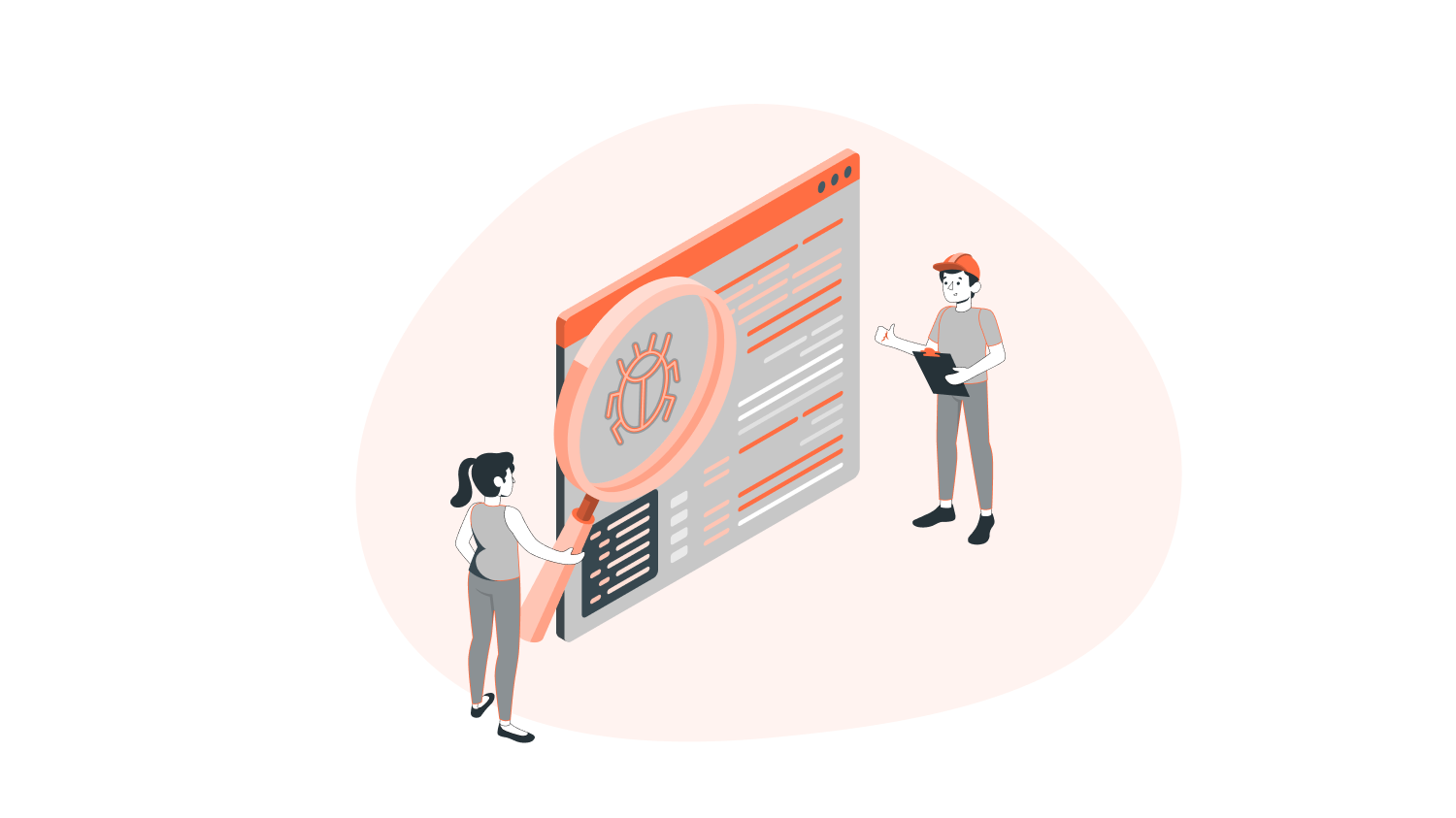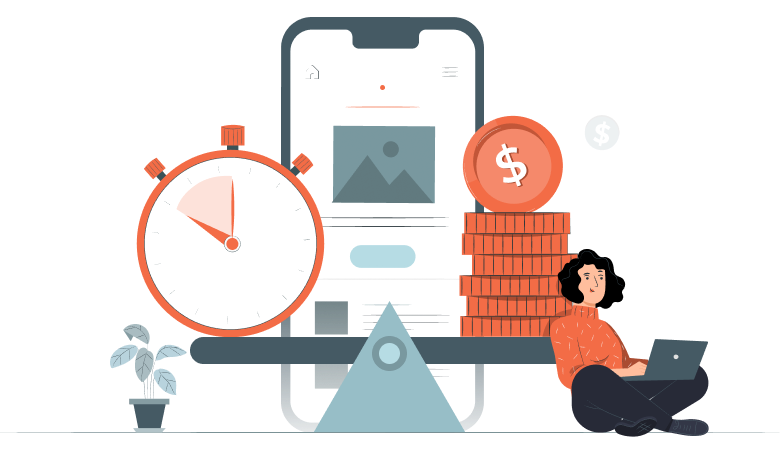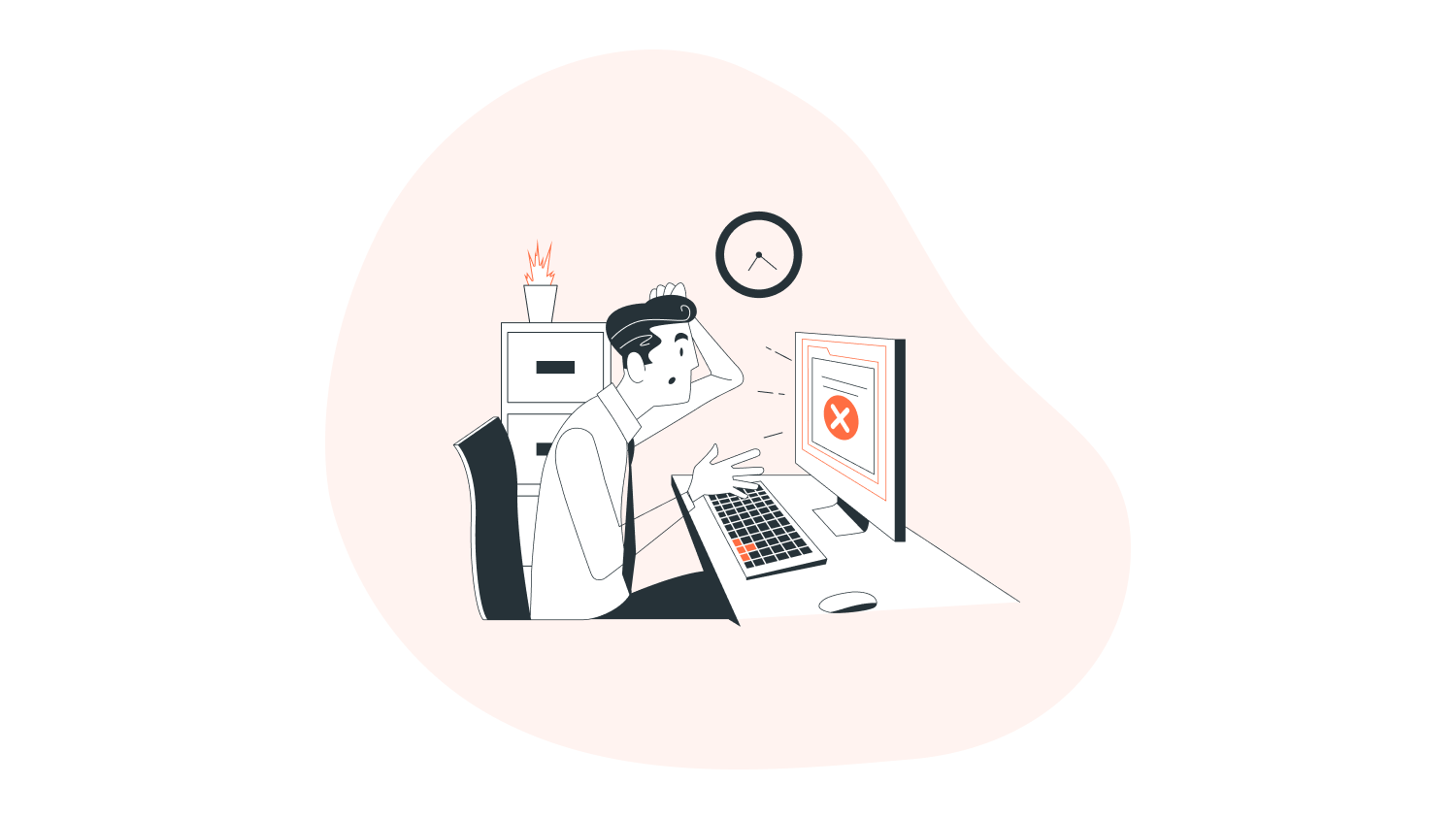Mind blowing products go through mind-numbing testing phases to create memorable user experiences. Testing also helps developers uncover unforeseen bugs or challenges that may have caused serious problems in production environments.
From MVP to fully developed enterprise-grade software, every app goes through rigorous testing. While simple apps may only require manual testing to ensure the usability of their use cases, complex products require a variety of quality checks to ensure product quality.
In this blog, let’s explore the common testing methods and get an in-depth understanding of functional testing. If you are a startup or a scaleup looking to improve your product quality, it will be helpful to know the different types of functional testing that may come in handy in your production cycle.
Key Takeaways
- Each type of functional testing validates a different aspect of progress
- Testing involving customers is usually done after developing a functional feature
- Testing teams usually don’t require actual code to test the product, while there are occasions where understanding the underlying code base.
Common software testing methods
Software testing can be broadly classified into two: function testing and non-functional testing. While functional testing checks all intended use cases and software functionality, non-functional testing focuses on the operational aspect of the application.
You may not require to use all the different aspects of functional or non-functional testing methods to ensure quality. But understanding the types of functional testing can help you evaluate when any of them can be used in your product’s development cycle.
We’ll be looking at functional testing in detail and how it benefits QA teams to analyse the product in multiple use cases. By the end of the blog, you will be able to figure out which among the functional testing methods can be implemented in your production environment.
What is functional testing?
Understanding product timelines and requirements is essential for functional testing. Your product may be used in multiple environments and it’s crucial that your product matches your user’s intent.
Functional testing involves stress testing your software in different environments and across multiple platforms. One thing to know here is that QA teams need not require a prior understanding of the internal system logic to test the product.
This means that internal testing teams try to enact real-world scenarios and check whether it works satisfactorily.
Types of functional testing
Based on the product type and the complexity of use cases, functional testing can be done in any order as you seem fit. Here’s the complete list of functional testing techniques with sample use cases:
- Unit testing
Testing individual pieces of a product, especially a software product, comes under unit testing. Here, QA teams test each function individually to ensure reliable output every single time.
Often, developer teams employ test automation to speed up testing and ensure that every use case of a particular feature is tested out rigorously.
Example: You are assigned to develop an eCommerce website’s t-shirt colour choices. With a limited number of inventory and colours, it’s best to check them individually. You may complete testing the feature without requiring automated testing until the inventory size gets progressively higher with time.
- Module testing
Component testing, as it is usually called, is deployed to test individual parts of an application. While it may seem similar to unit testing, module testing is done to a part of a system in isolation from the complete system.
The major difference between module testing and unit testing lies in the type of response used to validate the system or part of it.
Module testing is a ‘black box’ test where testers do not explore the internal working of the system while testing out a feature or part of the system.
This is quite different from unit testing, where you get to control and validate the internal functioning of the feature too.
Example: You are given to test the ‘Pay later’ feature of a fintech app. The app regularly promotes lifestyle brands and gives out offers during festive seasons. Under module testing, you create a sample user and a fictional offer for a preset inventory of items. Your job is to test the pay later feature against the fictional user’s purchase and ensure a decrease in inventory or coupon numbers.
- Smoke testing
This is basically crash testing with a fancy name. Also called build verification testing, smoke testing is an initial check to ensure that all critical functionalities work as intended. Once you get past smoke testing, the build can be sent for further testing down the line.
Example: You are given an app’s payment gateway to be tested. Your tasks will include adding items to the cart, checkout, and seeing if you can complete the payment process without difficulty. The test here is to check whether the payment gateway crashes anytime during the test or not.
- Sanity testing
This is similar to smoke testing but is much more focused on newer versions of stable builds. Sanity testing can identify any bugs or functional errors caused during the latest build.
In practical scenarios, they are generally unplanned and are used as needed to check if anything pushed to the latest version is working as intended.
Example: Sanity testing is usually done for minor releases. Think of 404 errors in pages. As developers fix the issue, it is necessary to test the page to ensure it works as intended. This also ensures that the website’s functionalities work as intended.
- Regression testing
Products once tested are always susceptible to failures down the line due to further design and development changes. This requires continuous testing to ensure that things work even after you push the code for deployment.
Testers use regression tests to constantly check the efficiency of fairly complex products. Products like Selenium, Appium, and so on are usually used to test websites and mobile applications.
Example: You just introduced gift vouchers and credit card offers on your eCommerce website. You need two things to work well, vouchers should be redeemable with limits and credit discounts should work properly. Here’s where regression testing comes into picture as you can’t afford to have glitches that could displease users.
Interesting read: What are Test Automation Frameworks and Types?
- Integration testing
Integration testing is basically the next step in unit testing. While you ensure individual parts of an application works well, it is important to validate that the ‘units’ when connected to a multitude of other units, form a relevant functionality.
Businesses often depend on microservices to perform specific tasks well. This, when connected to other code bases, should work without fail, which is why testers use integration testing.
Example: When a customer requests to upgrade their credit card limit online, it takes them through a set of codes quite different from a login. Testers must ensure that the customer’s request is carried out properly and remembers the user after they’ve made a successful request.
- API testing
Applications that are built to scale are usually built to interoperate with third-party software.
As the name suggests, API testing tries to validate application programming interface connection and the software under development responses.
Under API testing, testers verify if the data and user permissions are handled correctly, as any breach could land them in troubled waters.
Example: You run a clothing brand and sales are fully online. You pull the inventory database through APIs. It’s now easier for testers to ensure inventory values are correct across different warehouses.
- UI testing
Applications are never built for the extravaganza. Every space you see is often carefully engineered to provide the best possible experience for users.
Buttons, dropdowns and everything that defines user flow require careful consideration to ensure usability. Testers are usually assigned to find the shortest and most obvious path for customers to get what they want from the application.
Example: You are assigned to check the effectiveness of the UI of the latest version of a clothing brand. The way you may go forward with this is to have a requirement in mind, say a greet t-shirt with prints. The ease with which you land the search result and checkout the product comes under UI testing.
- System testing
This is where your program is entirely tested. Under system testing, you test every functionality, check their effectiveness and report any discrepancies straight to developers. System testing doesn’t require testers to know the underlying code base and is entirely done from a user’s perspective.
Example: You just built an app from the ground up. The application is replete with popular choices, latest arrivals, wishlists, and payment gateways – a list of features you’d expect from an eCommerce store. When you assign testers for system testing, they inspect every feature, screen, and functionality that makes the product flawless for its users.
- Acceptance testing
Considered to be the final test before deployment, acceptance testing takes the end user’s experience into account. The purpose of acceptance testing is not to check individual features or functionality but to ensure maximum usability for users.
It is also perhaps at this stage that the app creator gets a fully functional product ready for deployment. User flow holds predominance in this testing phase as this is the version customers are going to be familiar with, should the product meet customer expectations.
A couple of tests come within the brackets of acceptance testing – alpha and beta testing. While alpha testing is a form of acceptance testing by taking internal teams to review the product from end-to-end, beta testing is more about including a small group of actual users before fully launching the product onto the market.
- Production testing
Once your product hits the market, you can no more iterate things in a testing environment. Production testing involves the discovery and correction of a live product. Production testing brings forth the need for patches, upgrades and other necessary improvements to the product.
This is also the only stage where you can get real-time customer responses and make improvements on the go. If you have reached production testing, chances are that you have a well-thought-of product, with opportunities for improvement funnelled straight from active users.
Conclusion
Testing is the ultimate measure of progress for any application before it hits the market. With so much functional testing, a well-researched software product has a better chance of profitability. Understanding what your team have understood about the product is also crucial for testing the right things.
At NeoITO, we’ve developed products for some of the most curious players in the tech industry. From queue management to taxi services, testing requirements change with the platform, type of service, and many others.
If you are developing products designed to delight customers, we invite you to check out our services. Or talk to us to ensure you start off right.




